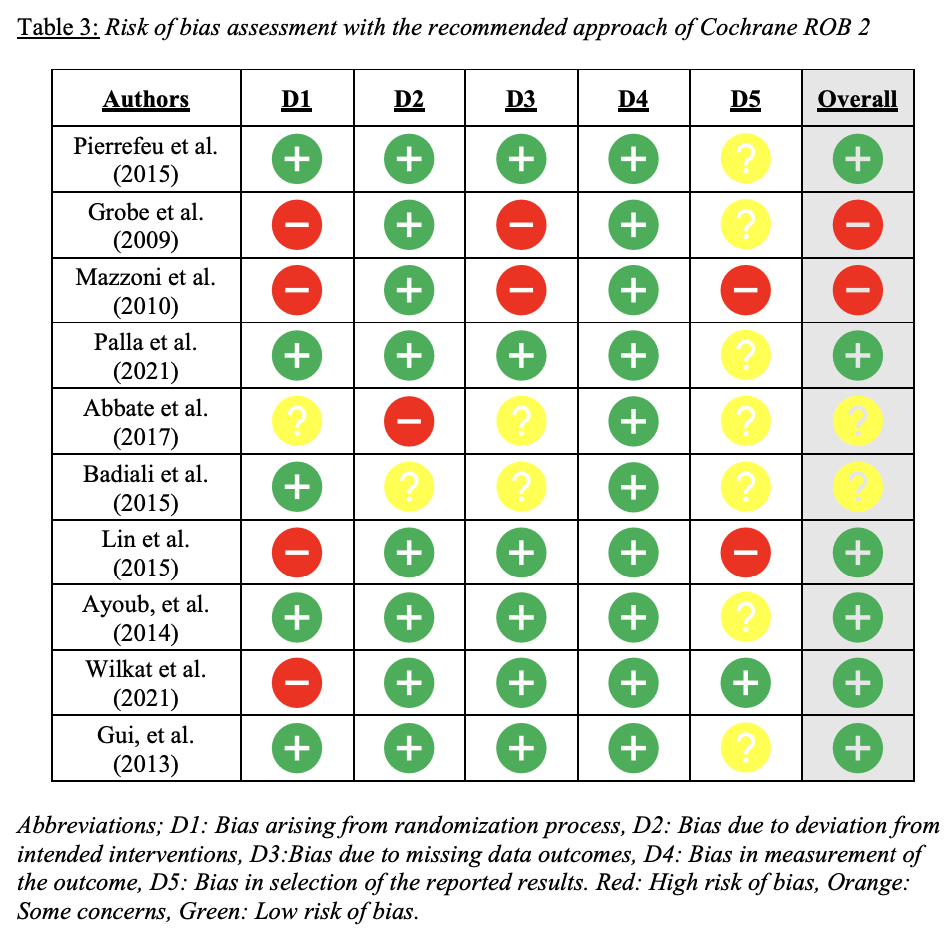IADR Abstract Archives
Computer-assisted Navigation in Oral and Maxillofacial Surgery: A Systematic Review
Objectives: To systematically review the available literature on the use of computer-assisted navigation in oral and maxillofacial surgery.
Methods: Following PRISMA 2020 statement, 5 electronic databases were searched for relevant studies; PubMed, Medline, Web of Sciences, Google Scholar and Saudi Digital Library (SDL).
Focus question: Does the computer-assisted navigation system improve the outcome of surgical procedures in oral and maxillofacial region?
Cochrane collaboration’s tool for assessing Risk of Bias 2 was applied to identify different forms of bias.
Inclusion criteria:
Clinical trial or an observational study (cohort and case control study). Study outcomes included: accuracy, efficiency, reconstruction outcomes, postoperative complications, and economic viability
Exclusion criteria:
Full text is not available, case report and series, systematic reviews and meta-analysis, literature reviews and papers that are not related to our topic either due to different treatment approach or methods.
Results: A diversity in the uses of computer assisted navigation system in purpose and outcomes was observed.
These parameters included its use in:
- Fractures reconstruction: Post-traumatic midfacial reconstruction can be accurately predicted by using a specific navigation system integrating computational planning for most patients.
- Removal of foreign bodies: Within the scope of included studies, authors concluded that there is a significant correlation between lessened intraoperative, postoperative complications and operating time, with the navigation system when used appropriately.
- Orthognathic surgery: Navigation can improve the function and esthetics in patients with dentofacial malformations by first identifying relevant anatomical structures, then transferring the surgical plan to the patient, following that verifying the surgical result.
- Mandibular tumor resection and reconstruction: The real time guide offered by navigation system reduced the margin of error and length of surgery. It also allows the surgeon to modify dimensions during the resection and reconstruction.
Conclusions: Computer assisted navigation seems to be a very promising addition to the surgical toolkit. Planning details of the surgical procedure in a 3D virtual environment and execution with real-time guidance can significantly improve precision.
Methods: Following PRISMA 2020 statement, 5 electronic databases were searched for relevant studies; PubMed, Medline, Web of Sciences, Google Scholar and Saudi Digital Library (SDL).
Focus question: Does the computer-assisted navigation system improve the outcome of surgical procedures in oral and maxillofacial region?
Cochrane collaboration’s tool for assessing Risk of Bias 2 was applied to identify different forms of bias.
Inclusion criteria:
Clinical trial or an observational study (cohort and case control study). Study outcomes included: accuracy, efficiency, reconstruction outcomes, postoperative complications, and economic viability
Exclusion criteria:
Full text is not available, case report and series, systematic reviews and meta-analysis, literature reviews and papers that are not related to our topic either due to different treatment approach or methods.
Results: A diversity in the uses of computer assisted navigation system in purpose and outcomes was observed.
These parameters included its use in:
- Fractures reconstruction: Post-traumatic midfacial reconstruction can be accurately predicted by using a specific navigation system integrating computational planning for most patients.
- Removal of foreign bodies: Within the scope of included studies, authors concluded that there is a significant correlation between lessened intraoperative, postoperative complications and operating time, with the navigation system when used appropriately.
- Orthognathic surgery: Navigation can improve the function and esthetics in patients with dentofacial malformations by first identifying relevant anatomical structures, then transferring the surgical plan to the patient, following that verifying the surgical result.
- Mandibular tumor resection and reconstruction: The real time guide offered by navigation system reduced the margin of error and length of surgery. It also allows the surgeon to modify dimensions during the resection and reconstruction.
Conclusions: Computer assisted navigation seems to be a very promising addition to the surgical toolkit. Planning details of the surgical procedure in a 3D virtual environment and execution with real-time guidance can significantly improve precision.


